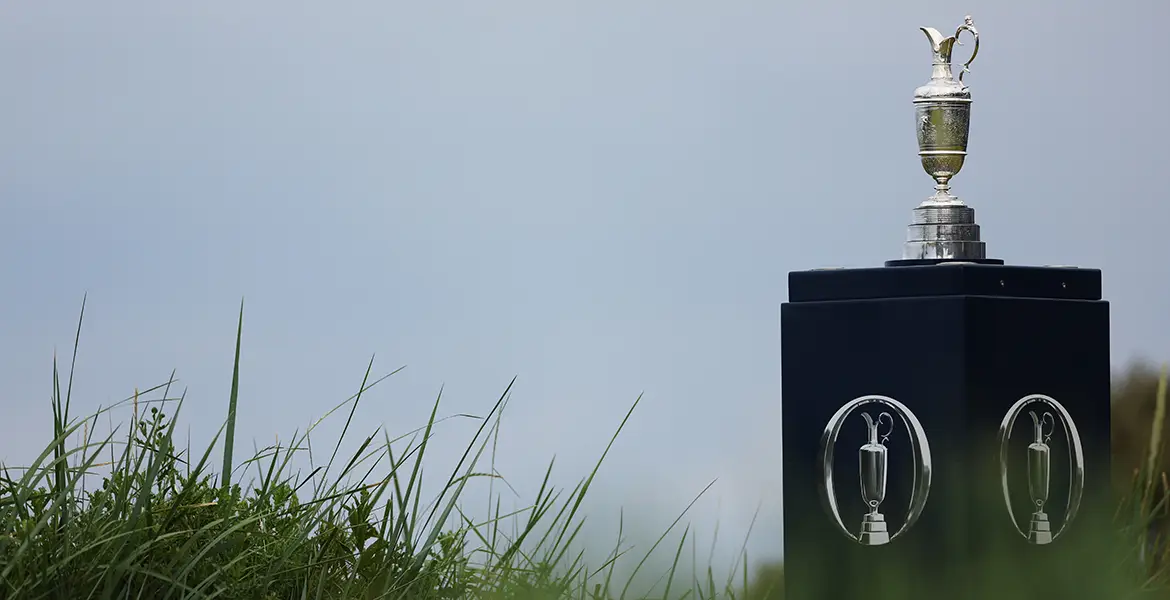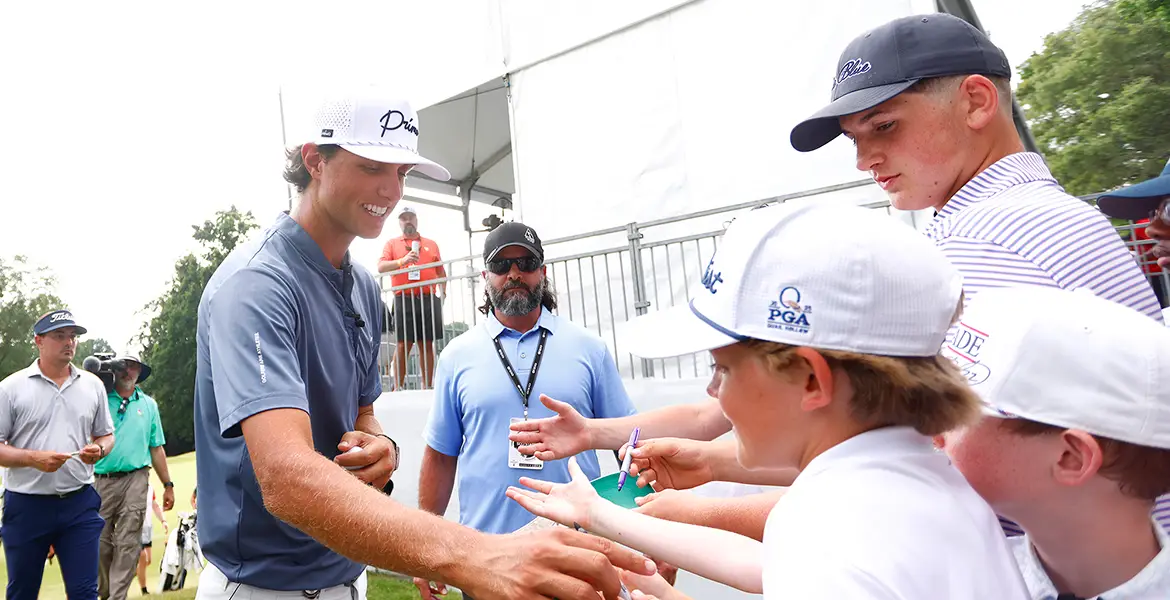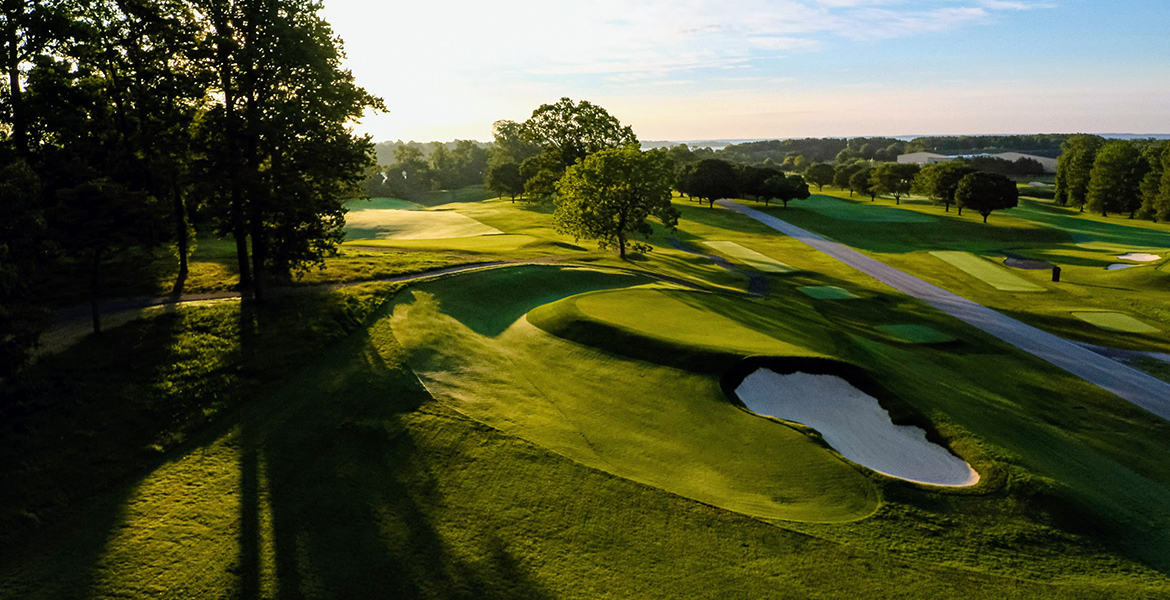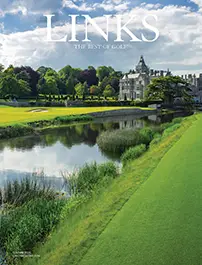Long before David Duval soldiered to victory in 2001 over the hard-and-fast links of Royal Lytham and St. Annes, his father sagely predicted that son David’s first major title would be a British Open. Formidable on any course, Duval’s length, creativity and steely focus seemed particularly suited to the challenges of links golf.
Firm, running fairways? Strong, shifting winds? Demandingly angled greens, often with openings in front allowing for bump-and-run shots? Duval had experienced it all growing up at Timuquana Country Club, an old Donald Ross design along the St. Johns River in Jacksonville, Florida, where Bob Duval served as head pro from 1974–87.
Although indelibly part of Timuquana’s lore, the Duvals represent only a single era in the club’s rich 80-year history. Timuquana was founded by a group of 50 gentlemen who met at a social club in downtown Jacksonville in May 1921 and decided to form a club for serious golfers. Their most important decision: hiring Ross.
For Timuquana, Ross was given a 120-acre parcel of flat, sandy pine forest. Ross transformed it into a deceptively challenging course. Modest in length, it relied on subtle angles, strategic bunkering, wind off the river, and largely for drainage purposes, Ross’ signature crowned greens. Although several architects have since made changes—most recently Bobby Weed, who restored the course superbly in 1996—it’s widely believed that, as with too few Ross layouts, the original features remain.
Timuquana, which hosted the 2002 U.S. Senior Amateur, opened in 1923 and enjoyed some heady early years. It hosted the 1928 Florida Amateur, won by Al Ulmer, the club president, as well as exhibitions featuring such leading pros as Walter Hagen, Horton Smith, Gene Sarazen and Johnny Farrell. During World War II, Bobby Jones would pay regular visits while serving in the Air Force at what is now the Jacksonville Naval Air Station. Jones’ wife, Mary, would take lessons from Vic Foreman, Timuquana’s longtime English pro, reportedly joking that her husband lacked the patience to teach her.
Over the years, Ross’ layout evolved. The members added more bunkers and later planted scores of pines, further enclosing the tree-lined course. In the 1950s the club brought in Robert Trent Jones Sr., who added a lake to the par-3 5th hole and raised the edges of the greens, as improved irrigation no longer required they be crowned. A decade later, another architect, David Gordon, created a lake guarding the left side of the fairway and green at No. 6, changing the hole from a par 4 to a par 5.
By the time Weed was hired, old Timuquana bore scant resemblance—beyond its routing—to the course Ross had built. Trees had grown in so much that many holes were far less playable than originally designed. Combined with bunkering changes, the angles that Ross so strategically laid out had been altered or blurred. With only a 1943 aerial photograph to work from, Weed thoughtfully and imaginatively restored the course. He removed 800 trees and cleared dense undergrowth, especially palmetto, replacing it with pine straw.
Weed also brought back Ross’ trademark subtlety around the greens. At No. 12, an S-shaped par 5, a pair of greenside bunkers pinching in on the left makes it seem from the approach that the green tilts front-right to back-left. Actually, it’s just the opposite.
Until now, Timuquana has been something of a well-kept secret. It’s an old club in a marvelous setting—the columned, plantation-style clubhouse sits on the St. Johns River, overlooking the modern skyline of downtown Jacksonville eight miles away. In a region with no shortage of flashy modern courses, longtime members take pride in Timuquana’s classic, understated design.






